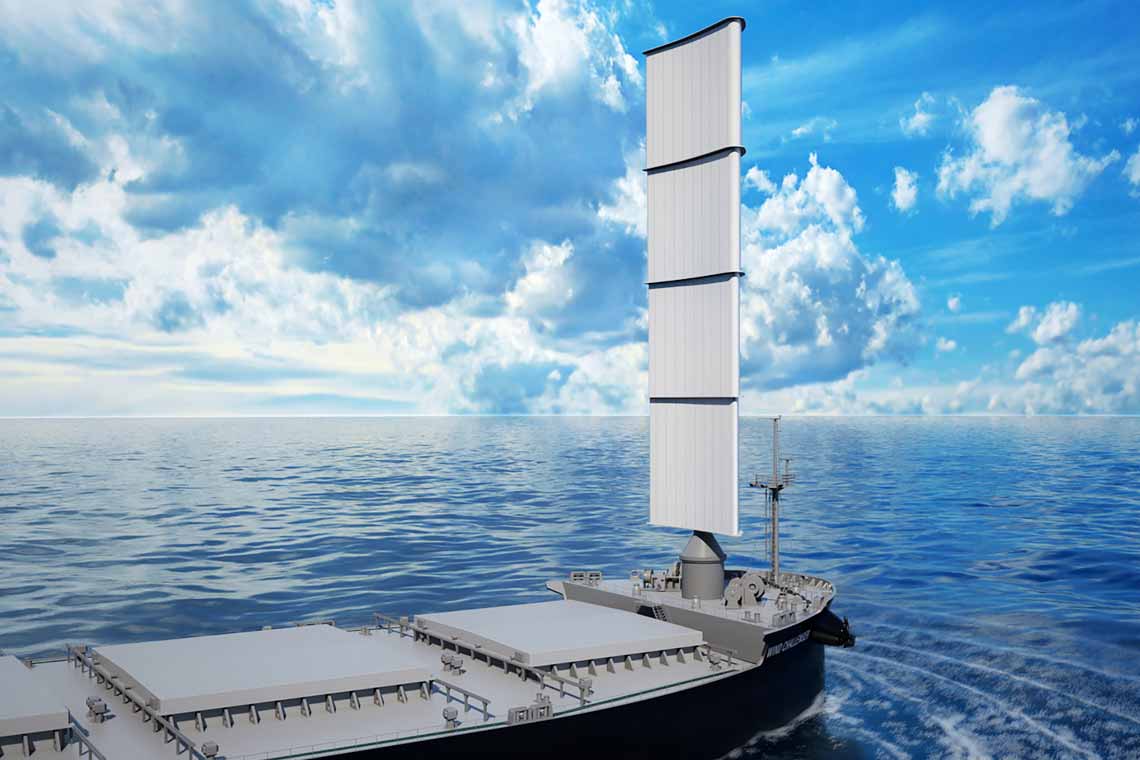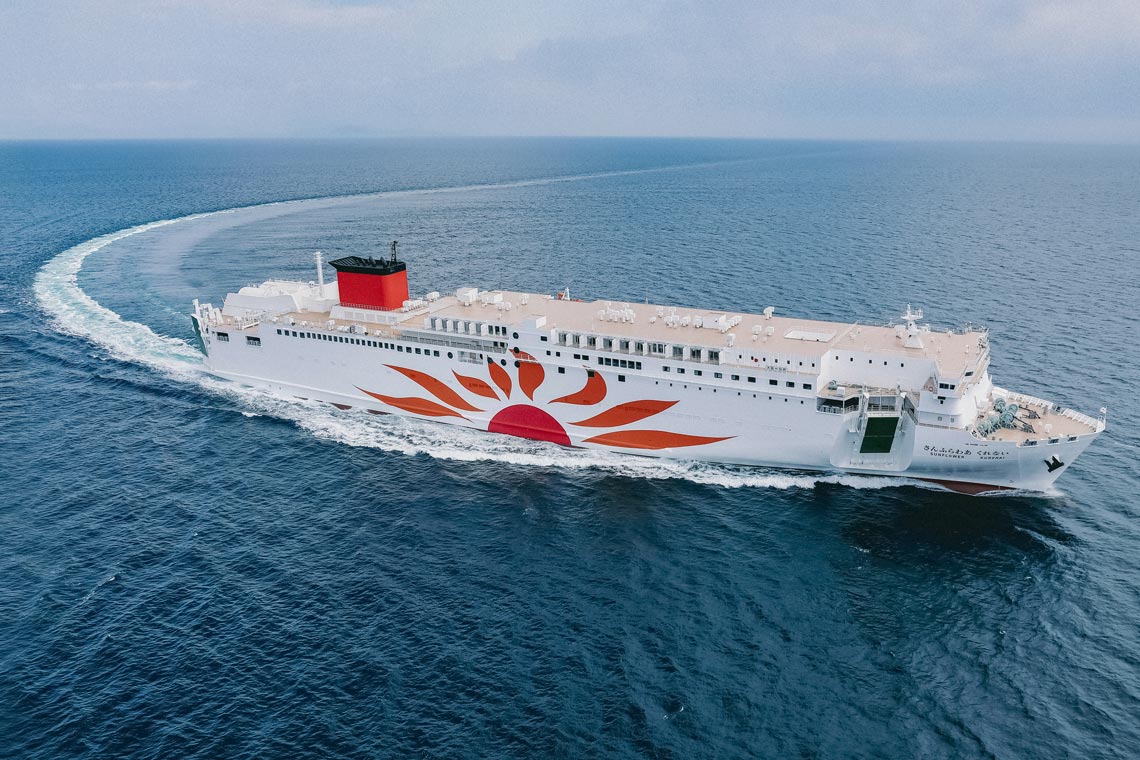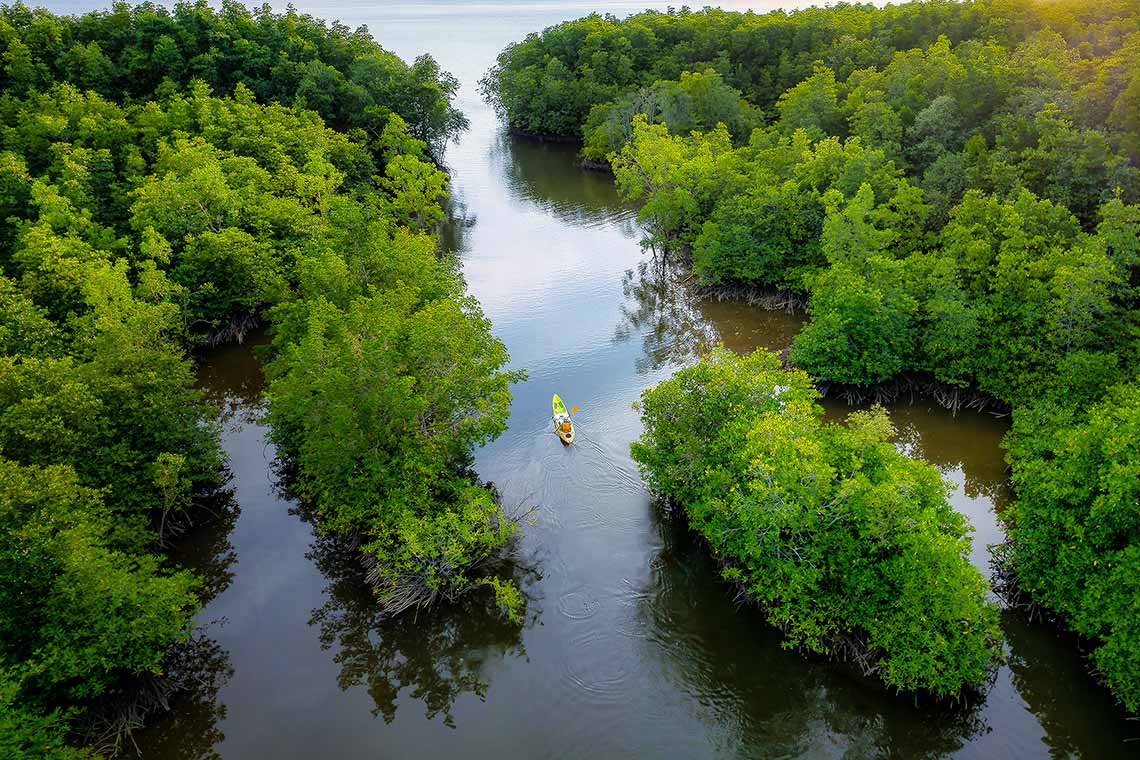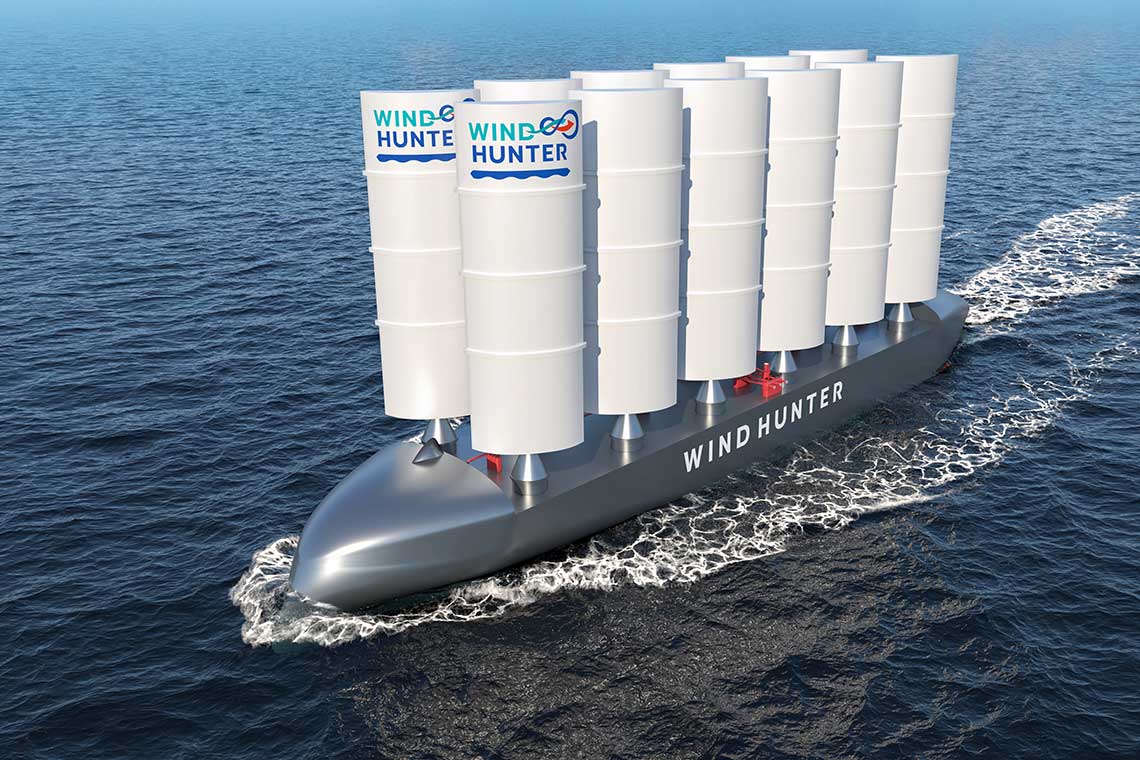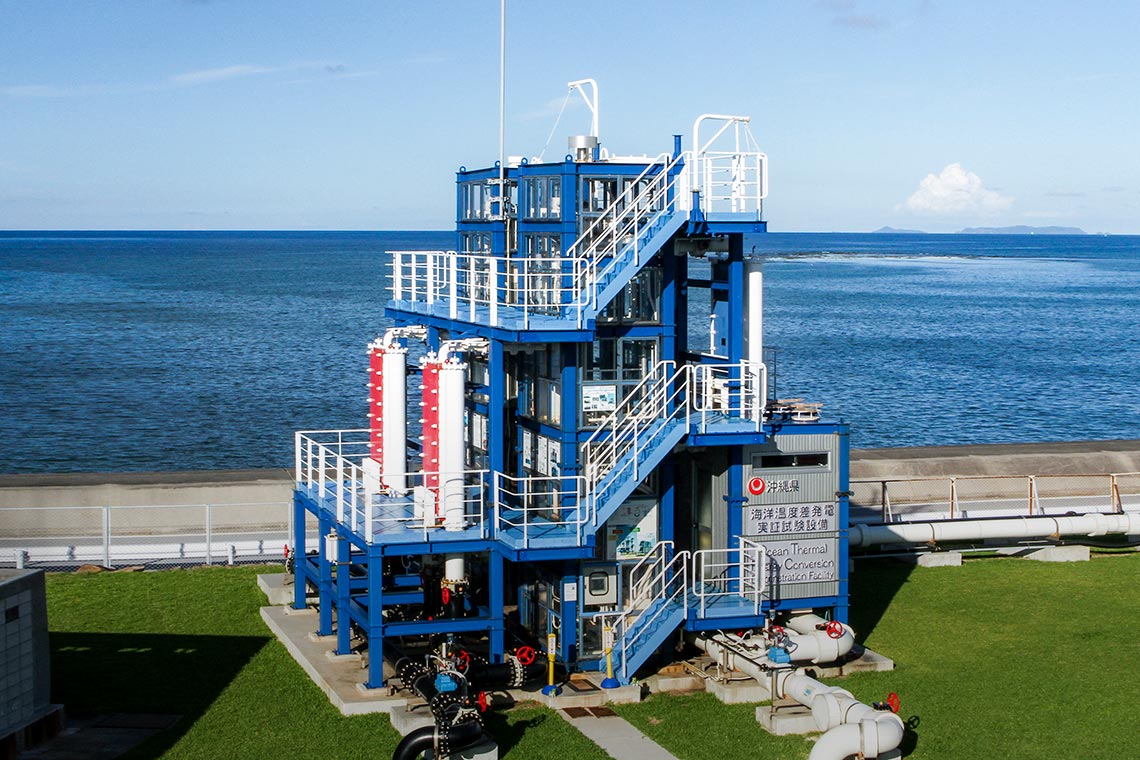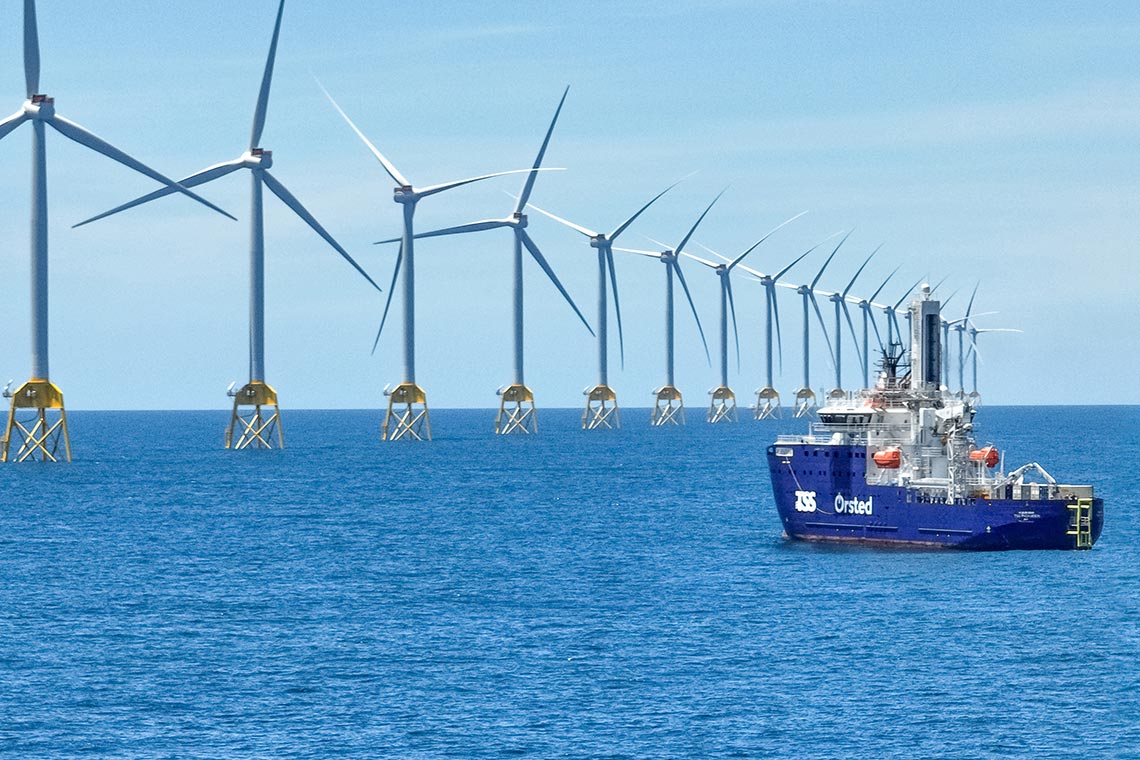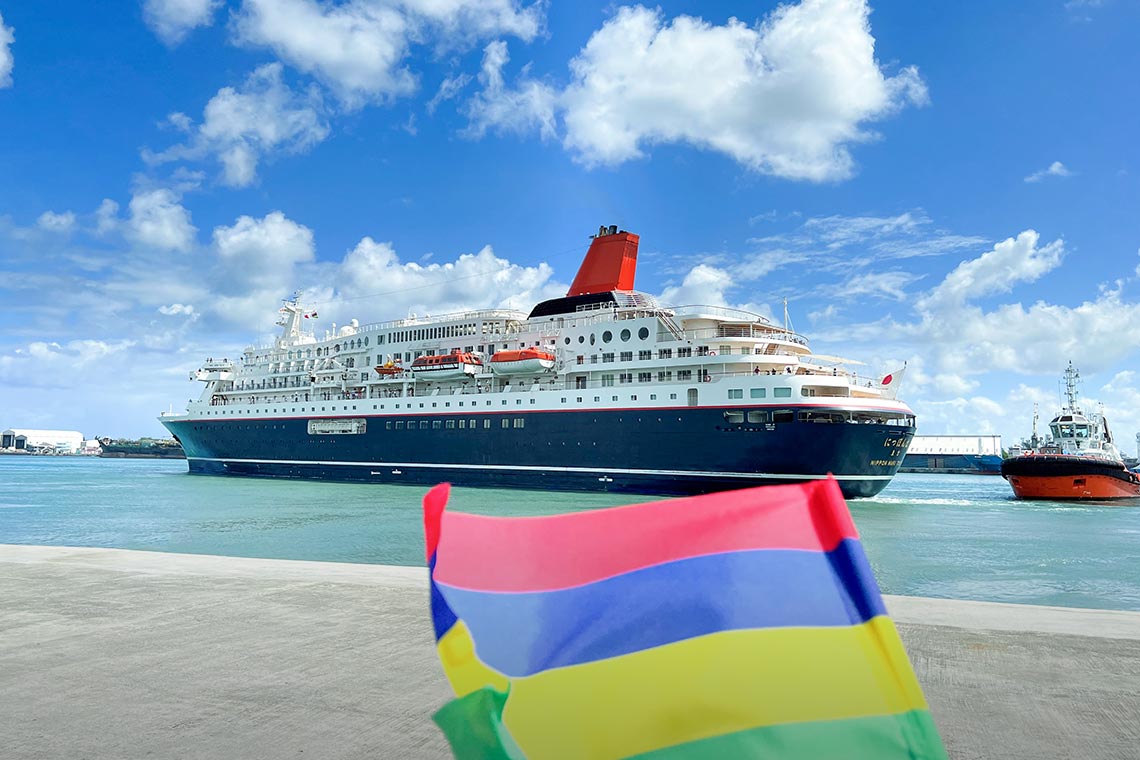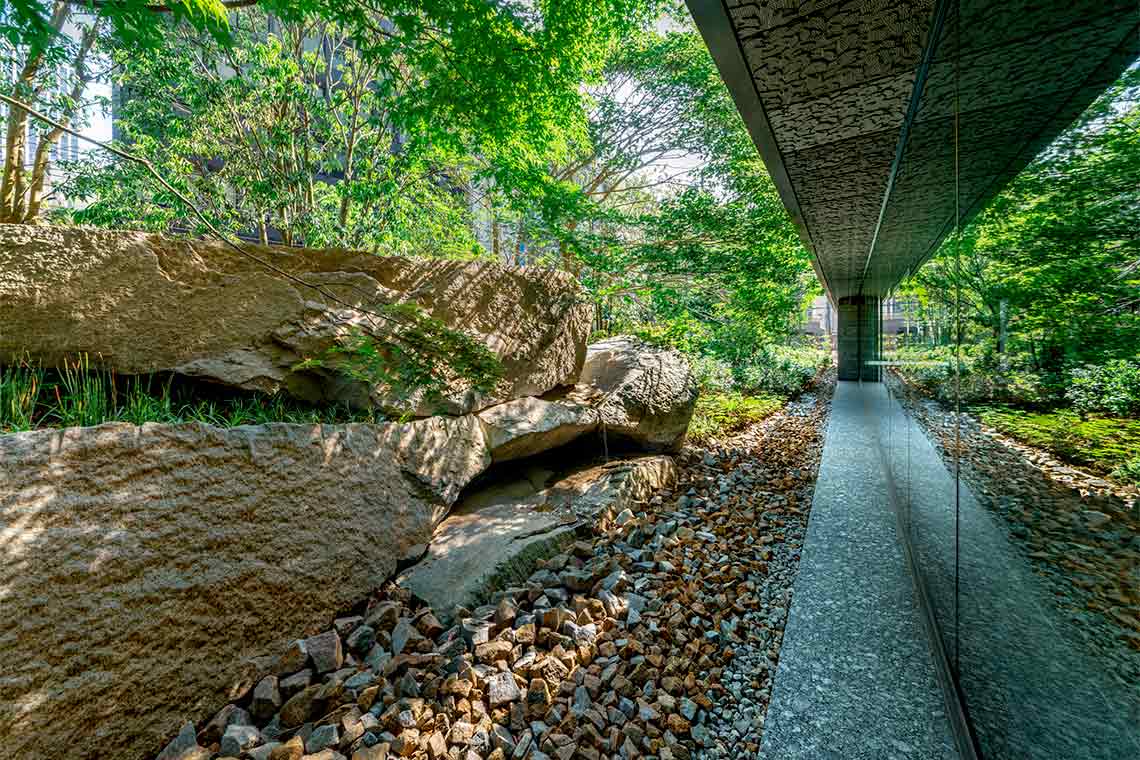
- STATEMENT
- To the future,
with our
'Ocean Planet.'
BLUE ACTION 002 LNG-Fueled Ferry Shift to a zero-carbon society with state-of-the-art ferries.
Oct 18 ,2022




For over a century, vessels such as the Kurenai Maru and Murasaki Maru traversed sea route between Osaka and Beppu. A third vessel, also called the Kurenai Maru, was a luxurious passenger ship that was beloved as the Queen of the Seto Inland Sea. To carry on that legacy, Japan's first LNG-powered ferry, the Sunflower Kurenai and her sister vessel , the Sunflower Murasaki, will enter service in 2023.
The concept is a ferry where entire families traveling together can rediscover their familial bonds. There will be 50% more restaurant seating and twice as much space in communal baths. A three-story atrium adds to the roomy public space. Experience a casual cruise, a journey that offers novelty while carrying on tradition.
The two vessels have yet another important mission to carry out: a modal shift that instead of using trucks, conveys cargo on ships and rail, means of transportation with low environmental impact. The Sunflower Kurenai will be the first Japanese ferry equipped with a high-performance dual-fuel engine that can run on either LNG or fuel oil. Using LNG as fuel can reduce carbon emissions by about 25%. It should also eliminate 100% of sulfur oxides and around 85% of nitrogen oxides. To facilitate the modal shift, the vessel has many more spaces to carry trucks and enhanced, comfortable accommodations for their drivers. By 2030, the Mitsui O.S.K. Lines Group plans to put some 90 LNG vessels into service, contributing to the creation of a low-carbon/zero-carbon society.
For over a century, vessels such as the Kurenai Maru and Murasaki Maru traversed sea route between Osaka and Beppu. A third vessel, also called the Kurenai Maru, was a luxurious passenger ship that was beloved as the Queen of the Seto Inland Sea. To carry on that legacy, Japan's first LNG-powered ferry, the Sunflower Kurenai and her sister vessel , the Sunflower Murasaki, will enter service in 2023.

The concept is a ferry where entire families traveling together can rediscover their familial bonds. There will be 50% more restaurant seating and twice as much space in communal baths. A three-story atrium adds to the roomy public space. Experience a casual cruise, a journey that offers novelty while carrying on tradition.

The two vessels have yet another important mission to carry out: a modal shift that instead of using trucks, conveys cargo on ships and rail, means of transportation with low environmental impact. The Sunflower Kurenai will be the first Japanese ferry equipped with a high-performance dual-fuel engine that can run on either LNG or fuel oil. Using LNG as fuel can reduce carbon emissions by about 25%. It should also eliminate 100% of sulfur oxides and around 85% of nitrogen oxides. To facilitate the modal shift, the vessel has many more spaces to carry trucks and enhanced, comfortable accommodations for their drivers. By 2030, the Mitsui O.S.K. Lines Group plans to put some 90 LNG vessels into service, contributing to the creation of a low-carbon/zero-carbon society.

- MOL Holds Naming/Launching Ceremonies for Japan's 1st LNG-fueled Ferry Sunflower Kurenai - Slated to Enter Service on Osaka-Beppu Route in January 2023
- Japan's 1st LNG-fueled Ferry Sunflower Kurenai
- MOL and MOL Ferry to Build 2 Cutting-edge LNG-powered Ferries - Introducing Super Eco Ferries Adopting Wind Power: Responding to Accelerating Modal Shift -

